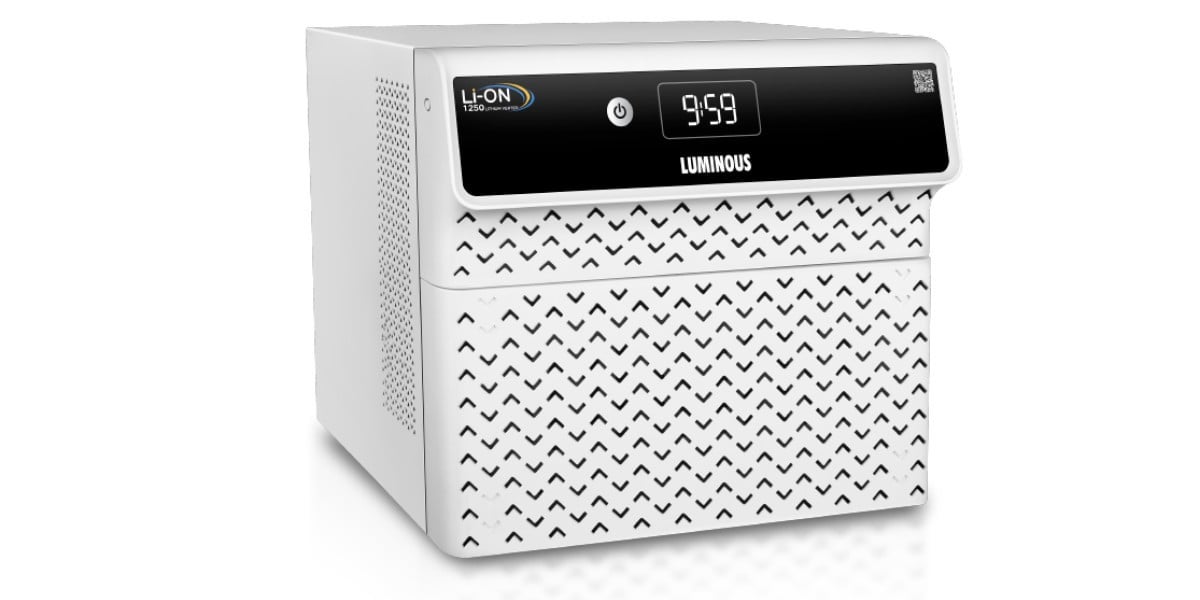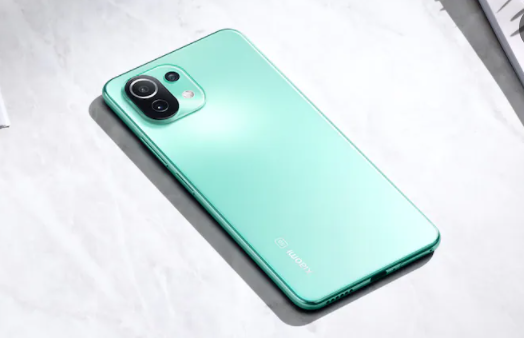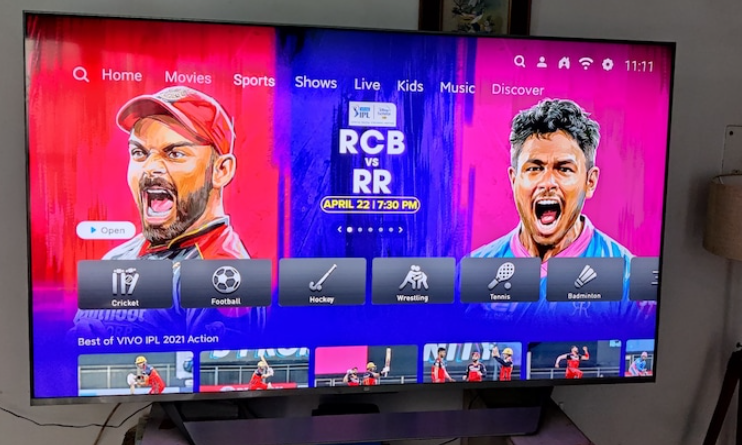Trending Now
- 830 voters names go missing in Kavundampalayam constituency
- If BJP comes to power we shall consider bringing back electoral bonds: Nirmala Sitaraman
- Monitoring at check posts between Kerala and TN intensified as bird flu gets virulent in Kerala
Technology
Xiaomi Mi Mix 2 Vs Huawei Honor V10 at Rs 29,999: Which one should you buy?
![]() April 6, 2018
April 6, 2018
The Honor V10 is easily among the most sought after phone that you can buy at under Rs 30,000. The V10 has a premium all-metal body, a near bezel-less display that’s bright and colourful, capable hardware with lots and lots of AI tricks up its sleeve, outstanding dual rear cameras and battery life to die for. The Honor V10, in case if you haven’t noticed already, is a jack of all trades and also a master of some. But here’s the thing. It doesn’t get any better than the V10, at Rs 29,999, unless you bring Xiaomi’s gorgeous Mi Mix 2 into the mix.
The Mi Mix 2 was launched in India at Rs 35,999, but I’ll have to say, it was slightly expensive for what it’s worth, at launch. The price has since come down, but, during the Mi Fan fest — between April 5-6 — Xiaomi will be selling the Mi Mix 2 at its lowest price ever. The Mi Mix 2 can be purchased for as low as Rs 29,999 during Xiaomi’s promotional sales event. The Mi Mix 2 makes lots of sense at this discounted price. That said, it will still have the Honor V10 to contend with as far as competition is concerned. Let’s find out if the Mi Mix 2 is a better buy at Rs 29,999 or is the V10 still the king of the hill.
Design and build quality
I’ll keep this short. The Mi Mix 2 is better-looking, better-feeling and all-round a much more premium offering than the all-metal V10. The Mi Mix 2 comes with a full ceramic body and an outer frame that’s carved out of 7-series aluminum alloy. It comes with Corning Gorilla Glass 4 on the front and an 18K gold-plated camera rim that make it instantly stand out like a limited edition device. While the ceramic back protects against scratches, the curved aluminum frame enhances grip and all-round experience.
Because Xiaomi has employed the same material (and craftsmanship) throughout — rear and sides — it looks like the Mi Mix 2 has been carved out of a single block of glass ceramic. Even the power button and volume rocker on the right have the same premium touch and feel. So much so that not an in inch of Xiaomi’s Mi Mix 2 feels out of place. There are a couple of obvious downsides though. (a) the Mi Mix 2 is as glossy as they get and (b) it is also very prone to fingerprints. The good thing about ceramic, as opposed to regular glass, is that you can gently wipe it with a cloth and all those fingerprints wipe off like they weren’t even there in the first place.
The Mi Mix 2 doesn’t have a forehead, only a chin. It uses an ultrasonic proximity sensor through the display that senses when you bring your phone to your ear just like an infrared proximity sensor. There’s a tiny slit up top that serves as the earpiece/secondary speaker. The Mi Mix 2, in addition, gets a pair of stereo speakers. There is no 3.5mm headphone jack though which means the same connectivity port — USB Type-C — will be used for audio out, charging and data syncing. The Mi Mix 2 further comes with a rear-mounted fingerprint scanner.
The V10, well, it looks good but next to the Mi Mix 2, it looks nothing more than a cold solid block of metal with a front-mounted fingerprint scanner and bulging dual rear cameras that stick out like a soar thumb on an otherwise pretty well designed phone. The V10 is also lacking any sort of protective covering up top which can be a deal breaker for some.
Winner: Xiaomi Mi Mix 2
Display
Both the Mi Mix 2 and the Honor V10 are near bezel-less phones with an unusual aspect ratio of 18:9. But if you’re into taking rulers and measuring stuff, the Mi Mix 2 offers much more active real estate, in comparison to the V10. This is because, next to the Mi Mix 2, the V10 still has chunky bezels on the top and on the bottom. The Mi Mix 2, in contrast, does not have a forehead. Just a chin.
Both the phones come with a 5.99-inch full-HD+ LCD display with a resolution of 2160×1080. If you were to talk about quality, most buyers won’t be able to discern the difference as both the phones offer fairly bright and colourful displays, with good viewing angles. So much so that it will narrow down to only one thing: what sort of design you’re into. The Mi Mix 2 will give you once that’s futuristic and also unabashedly original, while the V10 will be more understated and generic.
Winner: Xiaomi Mi Mix 2
Performance and software
The Mi Mix 2 is powered by a 2.45GHz octa-core Qualcomm Snapdragon 835 processor clubbed with Adreno 540 GPU, 6GB of RAM and 128GB of internal storage which is non-expandable. The V10, meanwhile, comes with a 2.4GHz octa-core Kirin 970 processor with 6GB RAM and 128GB storage which is also expandable.
On the software front, the Mi Mix 2 runs Android Nougat-based MIUI, but, it is now getting Android Oreo-based MIUI update. The V10, on the other hand, ships with Android Oreo-based EMUI 8.0.
Just like the display, performance wise, both the Mi Mix 2 and the V10 are at par with each other. But while the Mi Mix 2 comes with a futuristic design, the V10 comes with futuristic innards. The V10’s Kirin 970 processor comes with a dedicated Neural Processing Unit (NPU) that bring fancy AI smarts to it. Because the V10 has dedicated hardware for AI inside, this allows the phone to not depend on the cloud for its smarts. This enables the V10 to process AI-based tasks in real-time which means these work fast and also don’t compromise on users’ privacy, according to Huawei.
The V10, as a result, can do a wide variety of AI tasks ranging from effortless multiasking to bringing AI scene detection-based cameras to the masses. But because everything happens on top of Huawei’s EMUI, there will be buyers who’ll be overwhelmed by all the clutter. The EMUI, although it’s fast and seamless, is easily among the most loathsome UIs in terms of look as well in terms of feel. It’s a cornucopia of features and settings that you’ll have to dig into on your time, and also it comes with lots of unwanted apps some of which you can’t uninstall.
The MIUI, although it’s not high on AI as the EMUI, is simpler and functional. What you get out-of-the-box is software that has all the bells and whistles — if you are not a “stock Android fanatic” — that you’d want from a fully-functional operating system, including themes. Xiaomi has added a couple of features — one-handed mode and Quick Ball — to the user interface to make life easier for those having smaller hands. While the one-handed mode reduces the size of the usable screen to as low as 3.5-inches, the shortcut menu pins a quick launcher — up to a maximum of five options available — on the home screen. The new update that brings Oreo to the Mi Mix 2, brings in iPhone X-like gesture support to it, if you’re into that sort of thing.
Winner: Xiaomi Mi Mix 2 if you want things plain and simple. Honor V10 if you’re into future proofing and AI.
Battery life
The 3,750mAh inside the Honor V10 metes out fantastic battery life. Most users with generalised usage patterns will be able to squeeze one and a half days out of the V10 on single charge. The 3,400mAh battery inside the Mi Mix 2 doesn’t disappoint either. Most users with more generalised usage should get at least a full working day out of the Mi Mix 2. Both the phones support fast charging.
Winner: Honor V10
Camera
I’ll keep this short. The Honor V10 wins this one. In all the departments. In terms of core specifics, the Mi Mix 2 comes with a 12-megapixel camera on the rear with Phase Detection Autofocus, 4-axis OIS and a dual-LED (dual-tone) flash. On the front, the Mi Mix 2 comes with a 5-megapixel camera. The Honor V10, on the other hand, comes with a dual camera system on the rear consisting of one 16-megapixel primary RGB (colour) sensor paired with a 20-megapixel monochrome (black and white) sensor. On the front, the V10 comes with a 13-megapixel camera that’s also capable of shooting bokeh or portrait selfies.
Not only do the V10 cameras trump those of the Mi Mix 2 on paper, they trump them in real world usage as well. A major reason why the V10 blows competition away in the camera department in its price range is AI. The V10 can detect 13 different types of scenes and objects — including dogs, cats, plants and printed text — and then accordingly it can adjust contrast and saturation to churn out visibly better photos in comparison to other phones in its price range. The dedicated Monochrome sensor on-board can not only help shoot well-detailed black and white photos, it can also help the RGB sensor to shoot all-round better photos especially in tricky and low light.
Winner: Honor V10
So which one should you buy?
The Honor V10 is still the most well-rounded phone at under Rs 30,000. But it has competition in the Mi Mix 2. If you’re looking for a collector’s edition phone that basks in all screen glory, the Mi Mix 2 is your best bet. It looks gorgeous, has a gorgeous screen, outstanding all-round performance and good battery life: which is what you’d generally expect from a high-end phone of its class. Also, it gets you stereo speakers. But its cameras leave you asking for more.
That’s where the Honor V10 steps in. The V10 has better cameras, and lots and lots of AI. Its design may not be as good. It may not be as bezel-less even. But when you consider the V10, in all its glory, turns out Huawei’s phone offers more bang for your buck than Xiaomi’s Mi Mix 2.
























